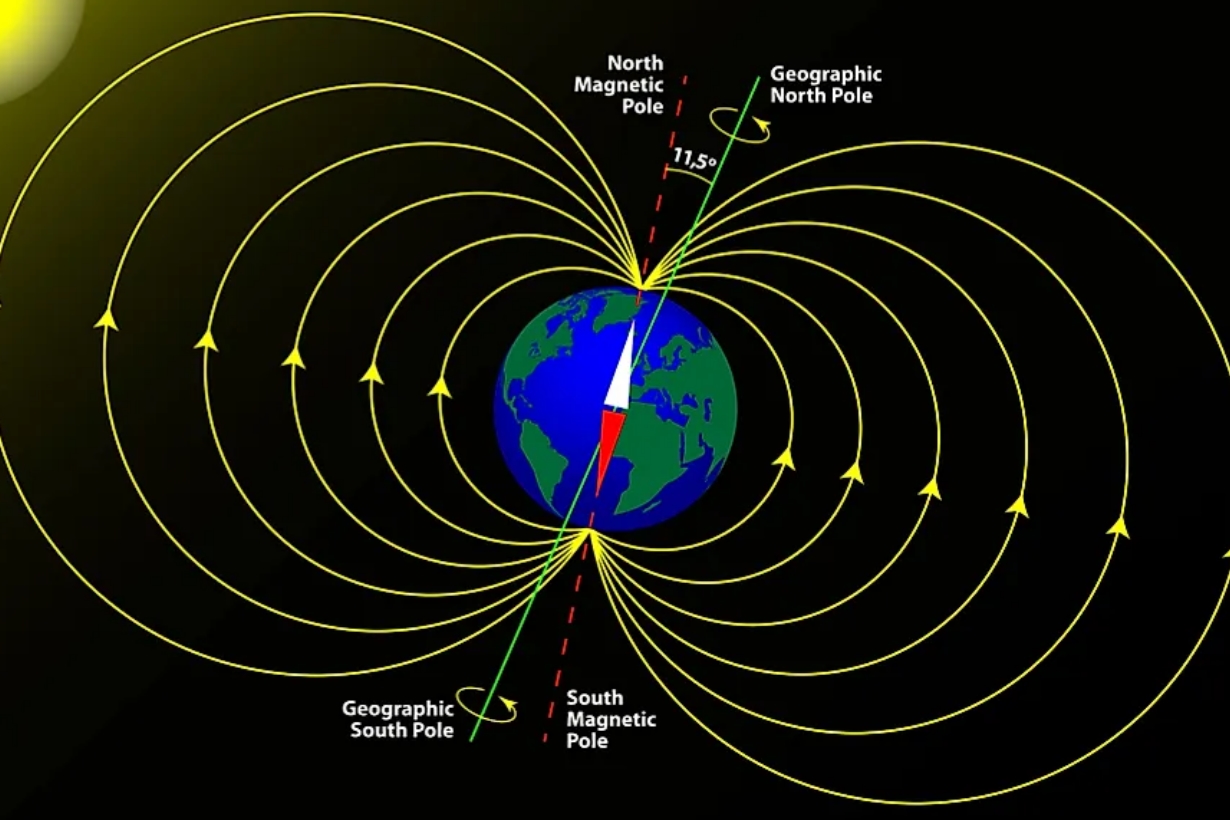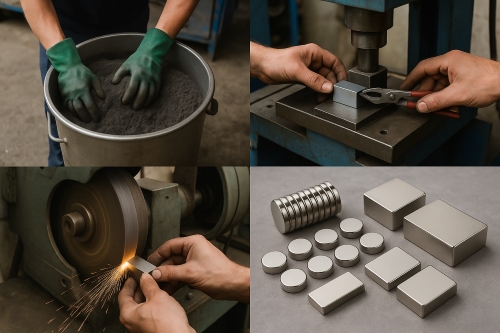How Magnets are Used for Robot Manufacturing?
Permanent magnets play a crucial role in the manufacture of robots. They've been a significant part of robot manufacturing for years. The design and use of permanent magnets in robot manufacturing are particularly focused on sensors and motion. To ensure the best performance is achieved in the robotic products, certain conditions must be fulfilled by these magnets. This includes the precise tolerances and stringent parameters of the magnets and magnetic assemblies. The robotics industry continues to push the boundaries of magnets, magnetic assemblies, and advanced materials as technology advances. This has made it possible for the industry to create different solutions for different applications. Robotics presents a world of endless possibilities, and the use of magnets makes this a reality. As robotics designs get more sophisticated and precise, the need for more precise magnetics components in the process continues to increase. The use of permanent magnets for robot manufacturing generally consists of magnet selection, magnetic assemblies, advanced material ideas, and manufacturability of their concepts.

Permanent Magnets are Used for Robots
Contributions of Permanent Magnets in Robotics
Generally, permanent magnets are used in a vast number of robotics systems. Here are some of them:
Transportation
Transportation – the movement of items from one point to another is one area, where magnets have been and continue to be extensively used. For example, we see how Amazon introduced robotization in almost all the processes of storage and movement of goods. Several logistics companies around the world have explored the advantages of using robotics to move things around the warehouse, for packaging, and for lifting heavy materials. For example, we know that forklift trucks are automatically controlled by computers made of magnets, guiding their operations at all times. The magnets are positioned on the ground, at a fixed distance in such a way that it allows the vehicle to orient and drive.
Laparoscopies
Another application of magnets for robot manufacturing is in laparoscopies. This is a surgical procedure, involving the introduction of a fiber-optic instrument into the body, through the abdominal wall. This allows the viewing of the organs in the abdomen or for a small-scale surgery to be carried out. Until advancements in technology were introduced into the laparoscopy process, it was typically a complicated medical technique. Recent interventions made it possible for the entire process to be robotized. Precisely, the use of magnets made the robotization of laparoscopy possible.

Magnetic probe for Laparoscopies. Source: Surgical Endoscopy And Other Interventional Techniques 2001
This involves the use of a robotic camera of a few centimeters. Using magnets placed on a patient's skin, the device is inserted into the patient's abdomen, allowing the exact position, where the laparoscopy is performed, to be left free. This means that the process can now be carried out with high precision, thanks to the use of magnets for robotization.
Autonomous Driving
Robotics has changed a lot of things about how we live, move around, and accomplish daily tasks – and in very profound ways. For instance, robotics have made it possible to drive a vehicle without manually being in control of the vehicle. This is undoubtedly one of the great technological advancements the world has seen, and there's more coming. With autonomous driving, cars and trucks can circulate without the need to be piloted by anyone. The interesting part is that magnets play a vital role in this robotic system. The magnetic intervention can occur in more than one way. But most notably, one of the most relevant approaches in this application is to make the magnets a railroad so that they can serve as guides, similar to what is obtainable m the logistics sector
Generator Inspection
Electric generators use permanent magnets, too. There's no overemphasizing the enormity of their importance in the economic system and power supply. This needs regular reviews for improvements and better performance. Luckily, the review can be done automatically, thanks to the modules of axial and circumferential displacement that allow displacement and inspection using magnets.
Food Production
Surprisingly, permanent magnets in robotics find relevant applications in the manufacturing of one of man's basic needs. The robotics systems installed in many food manufacturing factories (FMCGs, for example) make it possible to produce and ship out foods in very large quantities. As we elaborated earlier, these systems are powered by specialized magnets.
Related: Permanent Magnet Used in the Food Industry
They help automate lots of processes, most of which, if handled manually, will cost more and require way more human resources. Even in pharmaceutical productions, some magnet types are used to filter any magnetic impurity that can be strained.
Conclusion
Permanent magnets for robot manufacturing have advanced dramatically over the years, and even in recent times, there are many more areas where robotics systems depend on magnets. Another interesting field is the role of electromagnetism in robotics. For more information, please visit https://www.stanfordmagnets.com/.















